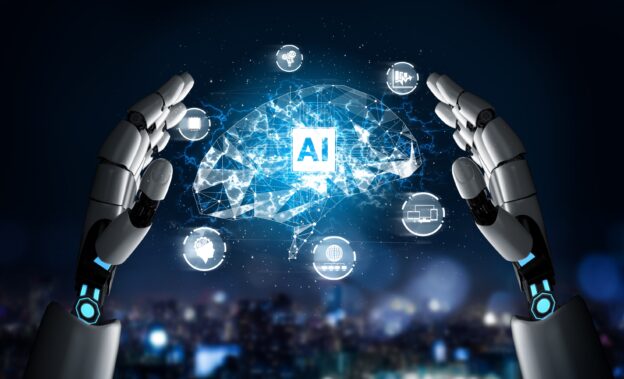Pharmaceutical industry, and more particularly pharmacovigilance, has seen the amount of data from individual safety reports grow exponentially due to the evolution of regulation with more requirements from health authorities for a better understanding of the safety of pharmaceutical products and ultimately better patient care. This has led companies to hire more Health Care Professionals to deal with this increased workload. At the same time a fast development, as in any other field of the industry, of IT solutions or more tendentiously Artificial Intelligence has occurred with many suppliers offering these services and whose selection must be made successfully to reorganize pharmacovigilance activities in order to reduce the time and costs of their activities as a result. Hence, collaboration with IT solution providers selected according to their technical performance but also their level of expertise in quality and regulatory compliance are essential.
The constant evolution of pharmacovigilance regulations towards Manufacturing Authorization Holders (MAH) but also Health Care Professionals and the awareness of patients and patient associations in the era of social media has contributed to the increase in the workload and cost of pharmacovigilance activities.
This has created an urgent need for organization and solutions to the pharma industry and also to the outsourcing companies to reach compliance and then offer the highest quality of patient care.
These technology solutions will not be without passing through the Artificial Intelligence through which all other fields of industry pass, and in particular the pharmaceutical one.
Since then, IT solutions providers have been offering and continuing to develop products to organize PV at all stages from data entry to data analysis.
But have we really succeeded at the present time in meeting this challenge and optimizing pharmacovigilance tasks and costs or what is the remaining path to be taken if not?
It is clear that many pharmaceutical companies have set up PV databases and have transformed their workload and obviously, many of them implemented advanced PV platforms to transform their entire pharmacovigilance workflow which reduces time and costs, while accelerating information processing.
This intelligent automation allows predictive analysis but also the capture and translation of adverse event data to identify significant safety trends. It also helps PV professionals to better manage future adverse events and better understand safety issues. These additional benefits include reduced manual data entry errors and strict patient data confidentiality controls, which minimize pharmacovigilance risks to the company.
For this purpose, numerous of current providers of pharmacovigilance solutions offer a wide range of offers. The most interesting are those of web and mobile automation functions to ensure the processing, analysis and follow-up of adverse events from different sources (patient files, social media, literature…etc.) and their capture from different document formats.
The most efficient of these IT solutions reduce time, cost and risk associated with manual processing and generate compliant information for Health Authorities and pharmaceutical companies to enable evidence-based decisions on product safety.
But these solutions will only be effective if they are developed on the basis of a thorough knowledge of the reality and needs of the pharmaceutical industry. Hence, to avoid biasing results, the design of such technological solutions should preferably be done internally or in close collaboration with an expert provider to avoid exposure to a high risk of failure often due in particular to a lack of understanding of the rendering of its technological solutions and their impact on their process. This can be also due to collaboration with suppliers who are unaware of the strategies and regulations governing pharmacovigilance.
To reduce this risk, collaboration with IT solution providers selected according to their technical performance but also their level of expertise in quality and regulatory compliance are essential.
These IT solutions are evolving very quickly and with them the way in which pharmacovigilance activities are managed, which is a permanent challenge for companies to meet this evolution and achieve the targeted objectives in order to optimize the expected productivity and efficiency as per the investments they have committed.
As an example, in my previous experience I have succeeded such projects with suppliers who are not only familiar with the current regulation and pharmacovigilance issues but also their history and the likely trends in their future development. Suppliers whose personnel have also worked internally in the industry with a very good knowledge of its quality and compliance requirements. this can be one of the keys to success and a positive impact on your organization.
References:
1. Danysz K, Cicirello S, Mingle E. Artificial Intelligence and the Future of the Drug Safety Professional. Drug Safety (2019) 42:491–497.
2. Pitts PJ, Le Louet H, Advancing Drug Safety Through Prospective Pharmacovigilance. Ther Innov Regul Sci. (2018) 52:400-402.
3. https://www.iqvia.com/blogs/2018/11/pharmacovigilance-automation-has-arrived

Leave a Reply
You must be logged in to post a comment.